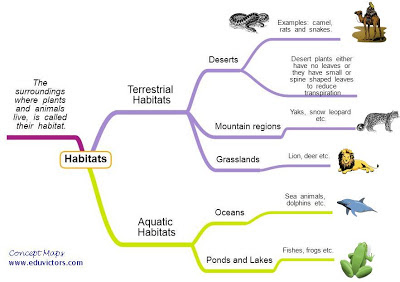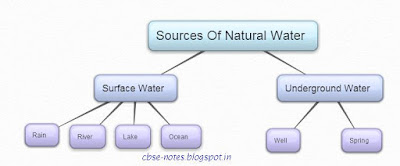The Living Organisms and Their Surroundings
MCQs based Class 6 NCERT Chapter 9
 |
| Habitats |
(a) fresh
(b) saline
(c) acidic
(d) marshy
Q2: The surroundings where organisms live is called a _______.
(a) habitat
(b) habit
(c) dwellings
(d) adaptation
Q3: In Cactus plants, the leafy kike structure in actual is a ______.
(a) leaf
(b) root
(c) flower
(d) stem
Q4: Sea animals like dolphins and whales breathe through ______.
(a) nose
(b) gills
(c) blow holes
(d) fins
Q5: Breathing activity is a part of which of the following bio-chemical process?
(a) photosynthesis
(b) respiration
(c) digestion
(d) excretion





